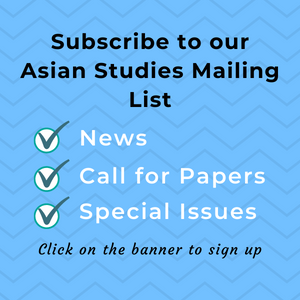System Upgrade on Tue, May 28th, 2024 at 2am (EDT)
Existing users will be able to log into the site and access content. However, E-commerce and registration of new users may not be available for up to 12 hours.For online purchase, please visit us again. Contact us at customercare@wspc.com for any enquiries.
As China experiences tremendous economic and social transformation in the reform years, language use in China has also undergone remarkable changes in the past couple decades: the national obsession with learning the global English, which becomes both a resource for modernization and a source of contention; the expanding use of local languages and dialects in mass media, where standard Mandarin is promoted and legally prescribed as the principal language; the emergence of the Internet language that has become a creative source for constructing a distinct youth identity; the Cantonese writing movement that challenges the hegemony of the Chinese writing system, which is traditionally based on northern Mandarin, to name a few. The nine papers collected in this volume examine recent trends in language use in mainland China, and the associated social, economic, political, and cultural manifestations. Drawing on their backgrounds and expertise in sociolinguistics, cognitive linguistics, linguistic anthropology, and cultural studies, the authors offer interdisciplinary, insightful, and critical analysis of linguistic struggles and linguistic politics in contemporary China.
As such, the carefully presented details of emerging language use in this book will be of value to scholars interested in language and culture in contemporary China. It may be used as a supplementary text for students in Chinese (socio-)linguistics, Chinese language, Chinese cultural studies, Chinese anthropology, Chinese sociology, and Chinese studies in general.
Sample Chapter(s)
Introduction (86k)z
Synchronic Variation or Diachronic Change: A Sociolinguistic Study of Chinese Internet Language (231k)
Contents:
- Synchronic Variation or Diachronic Change: A Sociolinguistic Study of Chinese Internet Language (Liwei Gao)
- The Metaphorical World of Chinese Online Entertainment News (Chong Han)
- The Use of Chinese Dialects on the Internet: Youth Language and Local Youth Identity in Urban China (Jin Liu)
- “My Turf, I Decide”: Linguistic Circulation in the Emergence of a Chinese Youth Culture (Qing Zhang and Chen-Chun E)
- Chinese Via English: A Case Study of “Lettered-Words” As a Way of Integration into Global Communication (Ksenia Kozha)
- Learning English to Promote Chinese — A Study of Li Yang's Crazy English (Amber R Woodward)
- More than Errors and Embarrassment: New Approaches to Chinglish (Oliver Radtke)
- Writing Cantonese as Everyday Lifestyle in Guangzhou (Canton City) (Jing Yan)
- Negotiating Linguistic Identities Under Globalization: Language Use in Contemporary China (Jin Liu and Hongyin Tao)
Readership: Undergraduate and graduate students, academics, professionals and general readers interested in new trends in language use in China, internet language, youth language, Chinese society and Chinese culture.
























